2025
Comparably’s Best Company Outlook
* Providing engineering services in these locations through SWCA Environmental Consulting & Engineering, Inc., an affiliate of SWCA.

From the experts we hire, to the clients we partner with, our greatest opportunity for success lies in our ability to bring the best team together for every project.
That’s why:
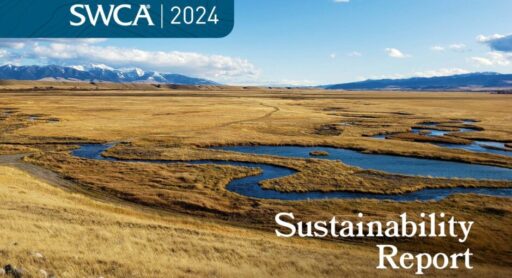
At SWCA, sustainability means balancing humanity’s social, economic, and environmental needs to provide a healthy planet for future generations.
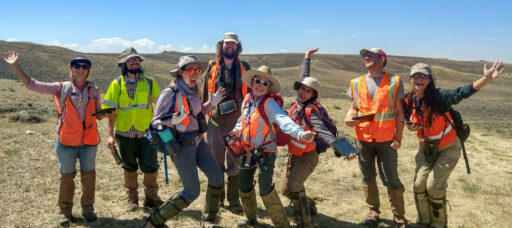
SWCA employs smart, talented, problem-solvers dedicated to our purpose of preserving natural and cultural resources for tomorrow while enabling projects that benefit people today.

At SWCA, you’re not just an employee. You’re an owner. Everyone you work with has a stake in your success, so your hard work pays off – for the clients, for the company, and for your retirement goals.
Water
Future development depends on the ability to sustainably manage water–to control, store and distribute these resources and manage aquatic habitats, wetlands, water quality, stormwater, and water rights.

For questions or further information, please fill out the form below.

SWCA brings an interdisciplinary and holistic approach to water management and conflict resolution. Our teams help clients navigate water laws at all levels of government, from state and local water rights, conservation requirements, well drilling, and protection of potable water supply to the National Environmental Policy Act (NEPA), which regulates the impact of projects on watersheds, water quality, and aquatic habitat at the federal level. SWCA works closely with clients to provide an array of services and regulatory solutions related to water resources.
Environments We Support
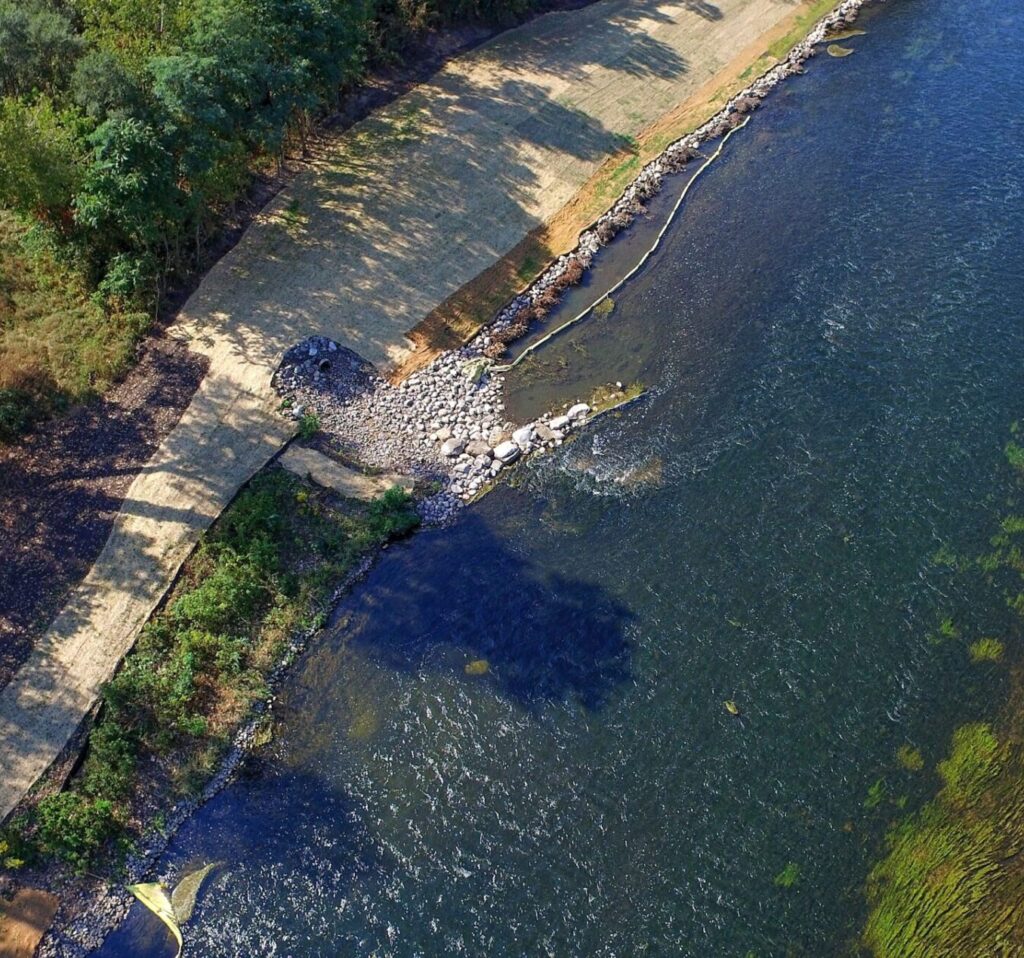
Our services are dedicated to guiding clients through the intricate landscape of environmental regulations. We provide comprehensive support to ensure projects comply with all relevant federal, state, and local requirements, while promoting sustainable practices and environmental stewardship. Our experienced teams work closely with clients to develop tailored strategies that balance regulatory obligations with project objectives, delivering creative solutions that foster success and minimize environmental impact.
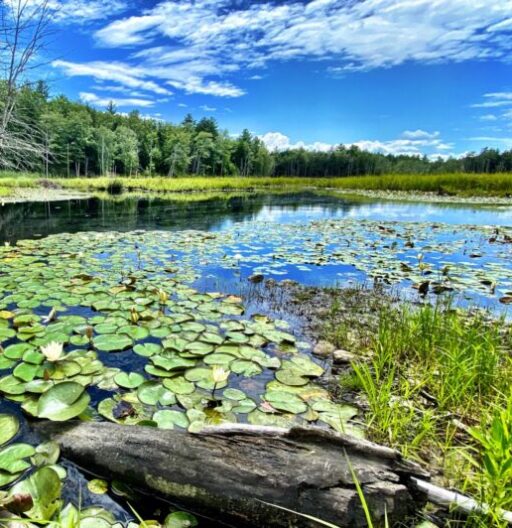
Our experts collaborate with clients to assess environmental conditions, design effective management strategies, and implement restoration projects that promote ecological balance and resilience. By integrating cutting-edge research with practical solutions, SWCA is committed to advancing the health and sustainability of water resources, ensuring they thrive for generations to come.
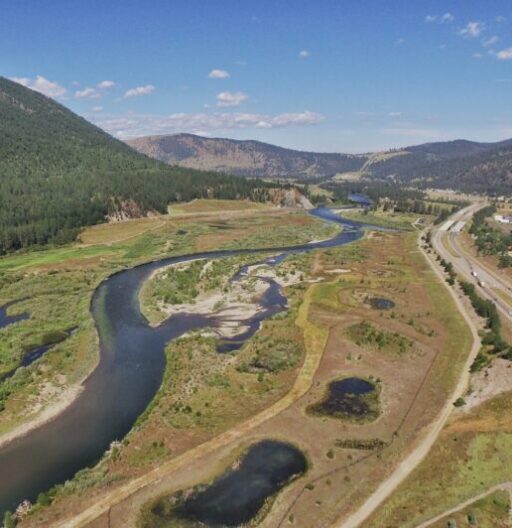
SWCA’s approach combines scientific expertise with innovative planning to develop solutions that balance ecological health, community needs, and regulatory requirements. By fostering collaboration among stakeholders and utilizing advanced modeling techniques, SWCA helps clients optimize water use, enhance water quality, and ensure sustainable water supply for future generations. Our commitment to integrated planning empowers clients to make informed decisions that support long-term environmental and economic resilience.
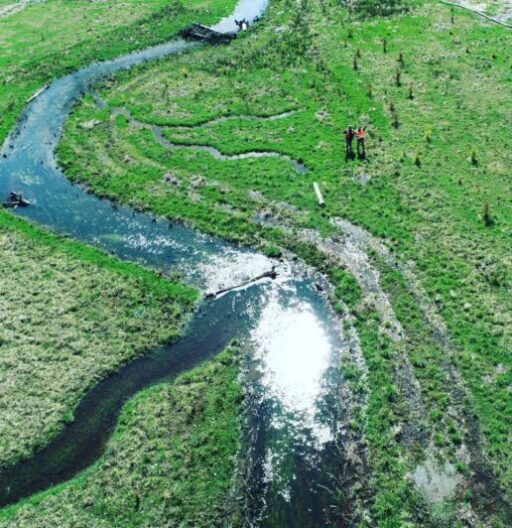
Andrew has 25+ years leading water-focused projects and providing services including program and policy development, asset management, comprehensive watershed management, hazard mitigation and flood risk management, and development master planning.

Paige is a NEPA planning specialist skilled in public involvement, comment analysis, resource management, and technical writing. She excels at identifying alternatives to resolve resource issues while ensuring NEPA adequacy.

Will provides SWCA’s Team, public and private sector clients with senior leadership and management in the development and delivery of environmental solutions for some of our most complex infrastructure and energy projects. Highlights of Will’s experience include serving as Contract Manager and Sr. PM for 7 Restoration Plan / Environmental Assessments related to Deepwater Horizon restoration planning services and Sr. PM on our support on the Chandeleur Island Restoration Project for the Louisiana Coastal Protection and Restoration Authority. Will also serves as our Contract and Program Manager for SWCA’s 4 state Environmental Services contract for our portfolio of work for Entergy. Since 2023, Will has served as a leader on SWCA’s team supporting our Gulf Coast Energy clients in evaluating Energy Modernization and CCUS opportunities along the Gulf Coast.

David has 29 years of experience specializing in water supply planning, sustainable yield evaluations, water use, and hydrogeologic investigations. He manages projects including mine water balance modeling, water quality evaluations, and new water supplies.

Subscribe to The Wire, SWCA’s quarterly newsletter that delivers the latest industry news, important regulatory updates, local events, and more straight to your inbox.